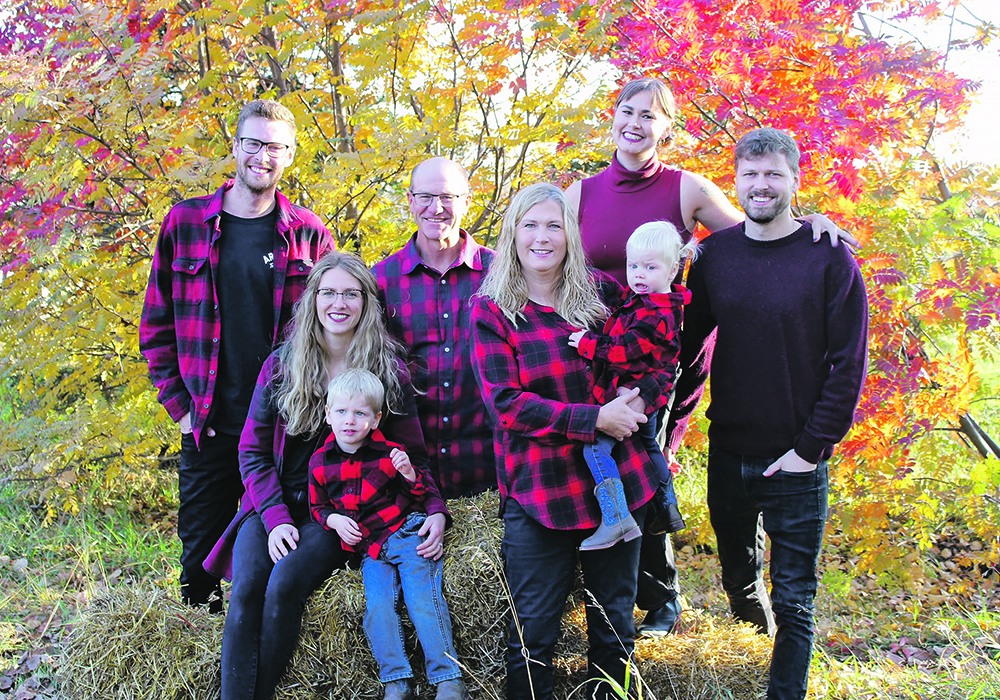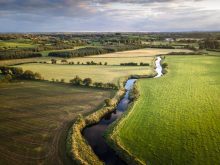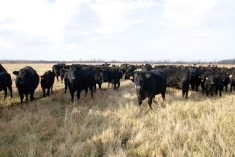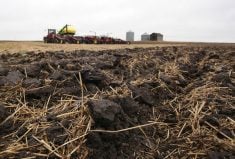When 36 farmers and ranchers from across the Prairies with widely varied views came together, consensus was the goal
How do you get three farmers to stop arguing over climate change? You send two of them home.
That didn’t happen at this particular meeting but, as expected, when farmers and ranchers participated in the Prairie Farmer & Rancher Forum held by Farmers for Climate Solutions last year, there was no shortage of divergent views.
Some said climate change is real, caused by humanity, and needs to be solved. Others weren’t convinced it was a problem and suspect it is overblown. Some were somewhere on the spectrum between these two poles.
Read Also

Russian wheat exports start to pick up the pace
Russia has had a slow start for its 2025-26 wheat export program, but the pace is starting to pick up and that is a bearish factor for prices.
That wasn’t surprising. What was surprising is that they all chose to sit down and talk.
Scott Duguid, who raises cattle alongside his father in Manitoba’s Interlake region near Arnes, said the other surprise was just how much common ground there was.
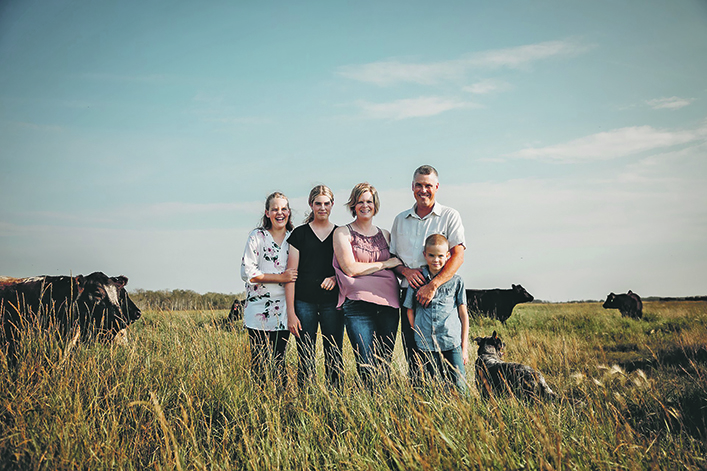
“There was a realization that even if we don’t all agree on climate change in the traditional sense, we all agree that we are stewards of the land,” Duguid said.
The process of bringing differing yet linked opinions and people together was just as diverse. Word of the meeting came in unprompted emails, social media advertising or a newsletter from an agriculture group.
The goal was to bring together 36 western Canadian farmers to talk about climate change and what could reasonably be done about it on the farm. Anyone was welcome to apply to participate, and a random selection process ensured as wide a representation as possible.
There are plenty of buzz words like “sustainability,” “regenerative” and “climate action”, but what do they mean? And how can farms and ranches apply them successfully?
Three multi-day meetings were held, one in each prairie province, and ended by establishing 36 recommendations in seven areas.
Audrey Jones, a grain and cattle producer near Medstead, Sask., farms with her husband, Randy, and children. They took over the operation from Randy’s family, making them a third-generation farm.
She was involved in the table discussions about livestock and soil health. Her familiarity with the topics originates from her experiences as a farmer and someone who studied environment and soils at university.
“I’m not a denier of the concerns that we have environmentally or the need for adequate monitoring of environment solutions,” she said about her views.
Some of the recommendations are new and original with strategies to environmentally maintain and advance agriculture. Others call for previous initiatives to be re-implemented, further funding for programs and more research funding. For example, one recommendation is that all levels of government better enforce current natural habitat regulations and another calls for more research on new and existing agricultural products’ impacts on environment and human health.
Establishing the recommendations was grueling. Every forum member was required to agree with the meaning and wording brought forward for it to be added to the final report. This created long days and in-depth discussions.
Marcus Riedner operates Happiness By the Acre, a regenerative farm near Didsbury, Alta., with his wife, Sarah. The farm concentrates on animal agriculture on a 120-acre land base. Riedner was a graphic designer who started an urban farm in Calgary before deciding to go all-in on agriculture. He says the process of coming to consensus was long and at times painstaking.
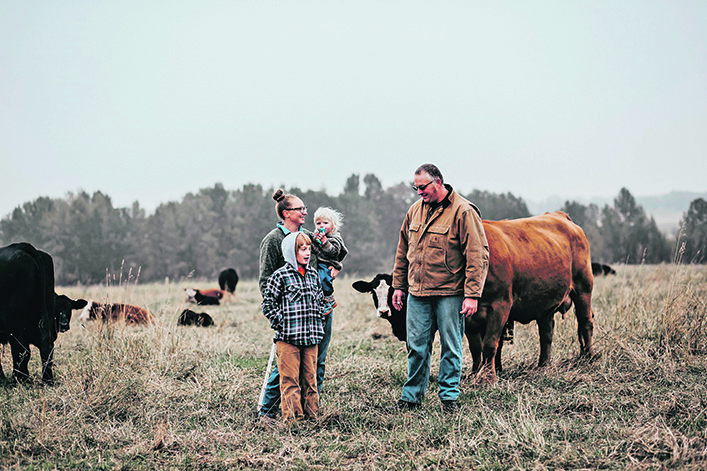
“The way we came about these recommendations was not through majority rules. It wasn’t that if 51 per cent of the room said they were in favour of a recommendation, it passed,” he said.
“Everybody in the room had to get on board with a recommendation. That means that if I’m a super hardcore climate change guy and they’re a super hardcore climate change denier, we had to get onto the same page and agree to it — and that is an incredibly difficult task.”
Jones said reaching that level of consensus was “phenomenal.”
“If you had asked me at the first meeting whether or not we would ever come to that much agreement on that many diverse topics, I would not have believed that that would have been possible.”
Participants represented their own interests and, at times, those of their communities too. Duguid and Jones both said it encouraged them to learn the views of others on topics discussed at the forums, and then bring those to the group. Discussions outside the forum were rarely oppositional.
“In my coffee meetings with other people and what I presented to them in between meetings, there was no strong opposition to anything,” said Duguid. “Nobody took the piece of paper I handed across the table and said this is not going to fly anywhere. There were just questions about the ‘how’.”
Jones shared her experience of reaching out to her community and industry, and also speaking to people in the organic and egg sectors, government and private industry.
“I tried to reach a little bit further than just my own local community, but I certainly talked to a lot of my local producers,” she said. “I didn’t always tell them exactly what I was involved with. I was just trying to get a general feel for what people’s perception was, and a genuine ask or a genuine result of what their thoughts were.”
Farmer participation and results are a way to advance the conversation on sustainable agriculture, participants said.
“What became really clear when we entered into agriculture and when we started farming, is there is a big disconnect between policy, urban people and the feet-on-the ground realities in farming,” said Reidner.
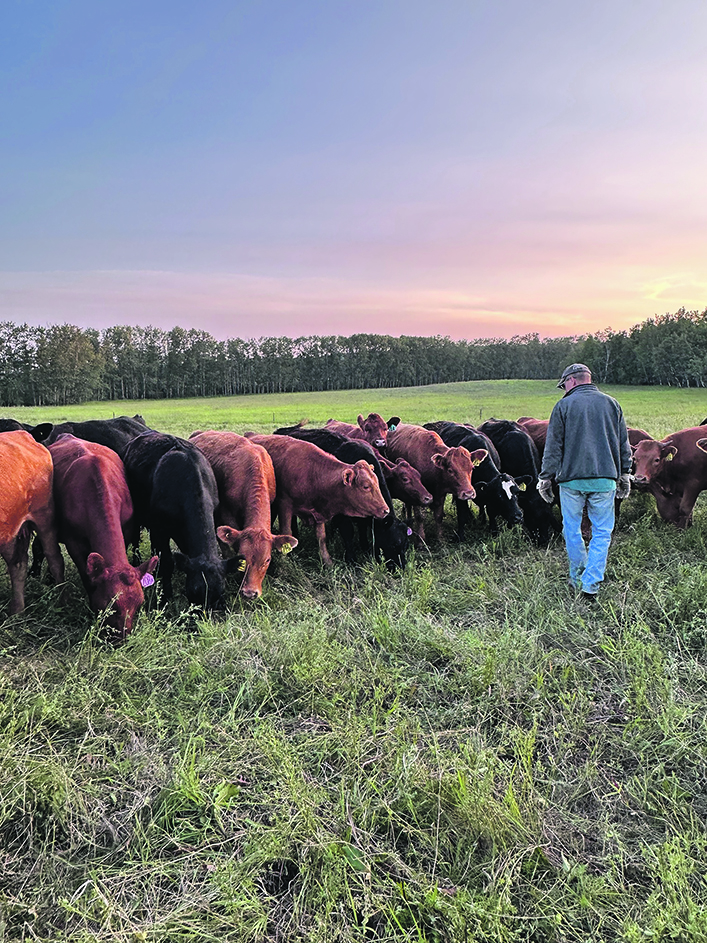
Jones said lack of knowledge about where the food comes from extends to not knowing the steps and practices that farmers take to care for the land.
Duguid said there’s misunderstanding of regional variation — that an Ontario practice won’t work in Saskatchewan, for example — and that can lead to poor public policy. That is one reason for a recommendation about recognition for regional differences when measuring the impact of sustainable practices.
Many other recommendations are simple asks for better support, provision of more incentives and removal of barriers for farmers to pursue regenerative practices and renewable energy.
“We want to be there so we can provide the practical side of it and what can be done on our farms,” said Duguid. “And same with the government too. We would like to be involved in all aspects of it and give that practical thought pattern to it.”
The final report from the forum and its recommendations was released in June and can be found on the Farmers for Climate Solutions website.


